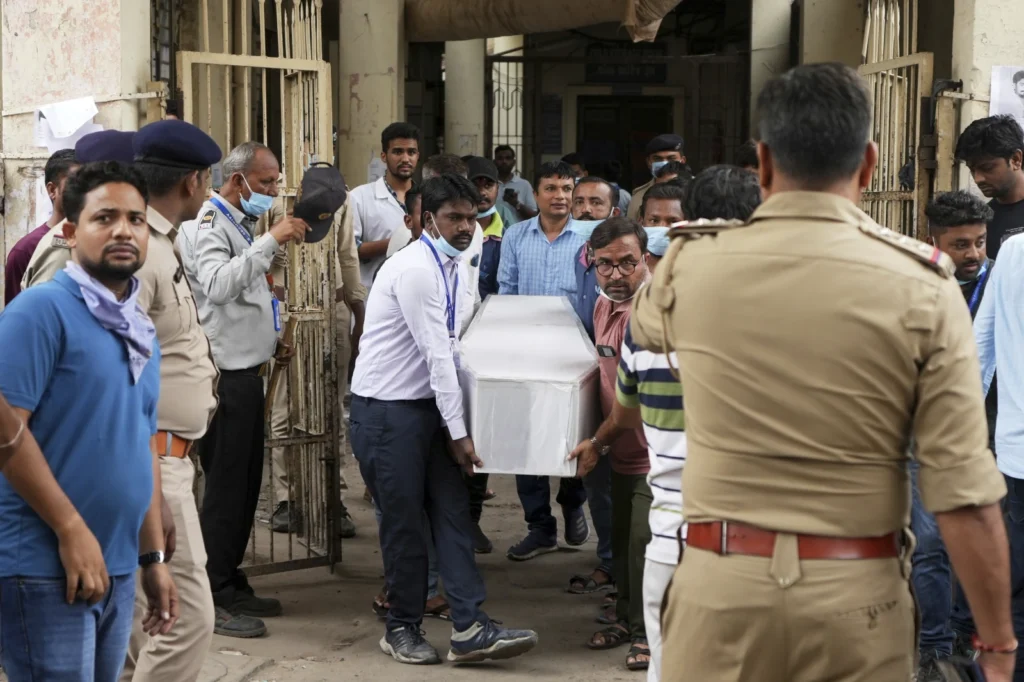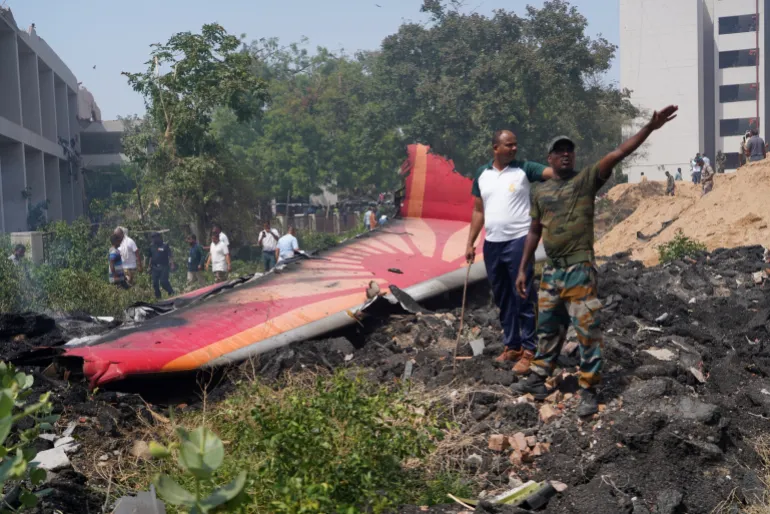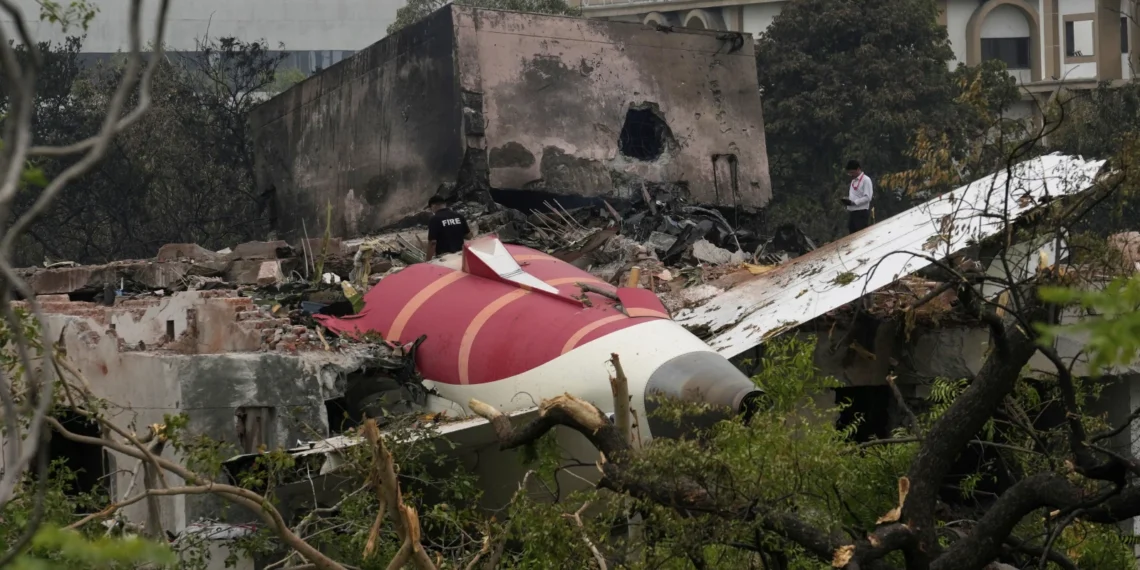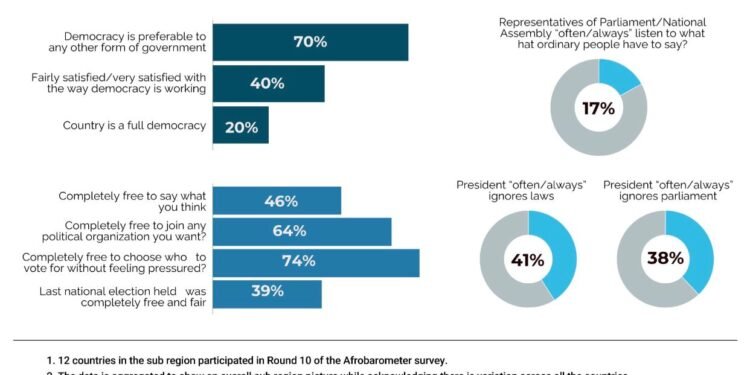Indian investigators have recovered the digital flight data recorder or the black box, of the Air India flight that crashed, killed 241 people on board and several people on the ground.
The London-bound Boeing 787 struck a medical college hostel when the plane crashed into a residential area of the northwestern city of Ahmedabad minutes after takeoff on Thursday, June 12, 2025.
The plane’s black box was recovered from a rooftop near the crash site and India’s Aircraft Accident Investigation Bureau said that it had begun its work with “full force.”

Civil Aviation Minister Ram Mohan Naidu said in a social media post that the black box recovery marks an important step forward in the investigation.
Professor Paul Fromme at the U.K.-based Institution of Mechanical Engineers said in a statement that the flight data recorder has the information on engine and control settings, apart from the voice record of any cockpit conversations. “This should show quickly if there was a loss of engine power or lift after takeoff and allow a preliminary determination of the likely cause for the crash,” Fromme, who heads the professional association’s Aerospace Division, stated.
Separately, the country’s civil aviation regulator issued an order directing Air India to do additional maintenance and enhanced safety inspections of its Boeing 787-8 and 787-9 Dreamliners equipped with General Electric’s GEnx engines.
The key inspections include the fuel parameters, cabin air compressor, engine control system, hydraulic system and a review of takeoff parameters, according to the order.

Investigators on Friday, a day after the crash, continued searching the site of one of India’s worst aviation disasters and Prime Minister Narendra Modi met with the lone surviving passenger.
Viswashkumar Ramesh, the sole survivor, told India’s national broadcaster that he still can’t believe he’s alive. He said that the aircraft seemed to become stuck immediately after takeoff. He said the lights then came on, and right after that it accelerated but seemed unable to gain height before it crashed.
At least five people were killed on the ground and about 50 injured, but many more victims were expected to be found in the search of the crash site. DNA testing was being conducted to identify bodies that were mostly charred beyond recognition.

US participants in the investigation were expected to include people from the National Transportation Safety Board, Federal Aviation Administration, Boeing and General Electric.
Professor Graham Braithwaite, Director of Aerospace and Aviation at Cranfield University, said that the primary goal of the investigation would be “to find opportunities to prevent future accidents.”
“The multinational, multidisciplinary team will work together and can also involve specialists from the manufacturer or operator but under very strict controls to ensure the independence of the investigation.”
Professor Graham Braithwaite
Investigators To Find Cause Of Crash By Next Week

Aviation Safety Consultant Jeff Guzzetti, a former crash investigator for both the US National Transportation Safety Board and Federal Aviation Administration, said that investigators should be able to answer some important questions about what caused the crash as soon as next week as long as the flight data recorder is in good shape.
He noted that investigators likely are looking at whether wing flaps were set correctly, whether the engine lost power, whether alarms were going off inside the cockpit and whether the plane’s crew correctly inputted information about the hot temperature outside and the weight of the fuel and passengers.
He stated that mistakes in the data could result in the wing flaps being set incorrectly. “I’m not saying that this accident’s going to be solved immediately, but I think some basic factual questions will be able to be answered in quick order,” Guzzetti said.
READ ALSO: Trump Urges Iran To Strike A Nuclear Deal Before Situation Worsens























